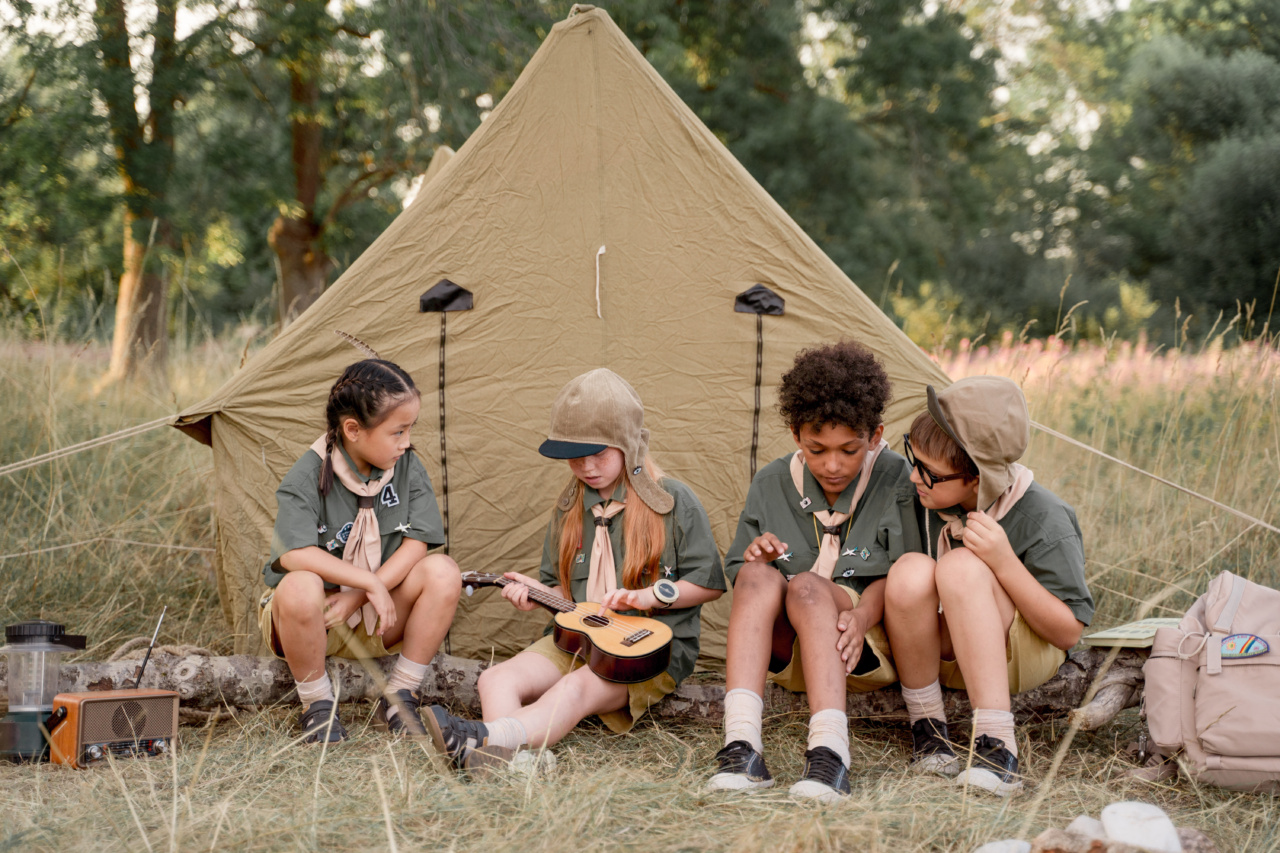With the summer season in full swing, many Americans are hitting the great outdoors and enjoying camping trips.
While camping can be a fun and relaxing way to spend time with family and friends, it can also pose some health risks, including the risk of co-infections.
What is a co-infection?
A co-infection occurs when a person is infected with two or more different types of pathogens at the same time. These pathogens can include bacteria, viruses, and parasites.
When two or more different types of pathogens are present in the body, they can interact in unpredictable ways, leading to more severe symptoms and potentially longer recovery times.
Symptoms of co-infection in campers
Symptoms of co-infection in campers can vary depending on the types of pathogens involved. However, some common symptoms of co-infection include:.
- Fever
- Body aches
- Nausea and vomiting
- Diarrhea
- Respiratory symptoms, such as coughing and shortness of breath
- Headaches
- Fatigue
- Skin rashes
If you experience any of these symptoms while camping, it’s important to seek medical attention right away.
Common pathogens found in US campers
There are several pathogens that are commonly found in US campers. These include:.
- Lyme disease
- Rocky Mountain spotted fever
- Malaria
- West Nile virus
- Hantavirus
- Giardia
- Salmonella
- E. coli
Preventing co-infection while camping
Preventing co-infection while camping involves taking several precautions. These include:.
- Using insect repellent to prevent bites from mosquitoes, ticks, and other insects that can transmit diseases
- Wearing long-sleeved shirts and pants to cover the skin and prevent insect bites
- Camping in areas that are free from standing water, as this can be a breeding ground for mosquitoes
- Washing hands frequently, especially before eating or handling food
- Cooking food thoroughly, using a meat thermometer to ensure that the internal temperature of the food reaches a safe level
- Drinking clean, purified water
- Avoiding contact with wild animals, as they can carry diseases such as hantavirus
- Using a tent with good ventilation to prevent the buildup of carbon monoxide
Conclusion
While camping can be a fun and enjoyable experience, it’s important to take steps to prevent co-infection.
By taking precautions such as using insect repellent, wearing protective clothing, and cooking food thoroughly, you can reduce your risk of co-infection and ensure a happy and safe camping trip.






























